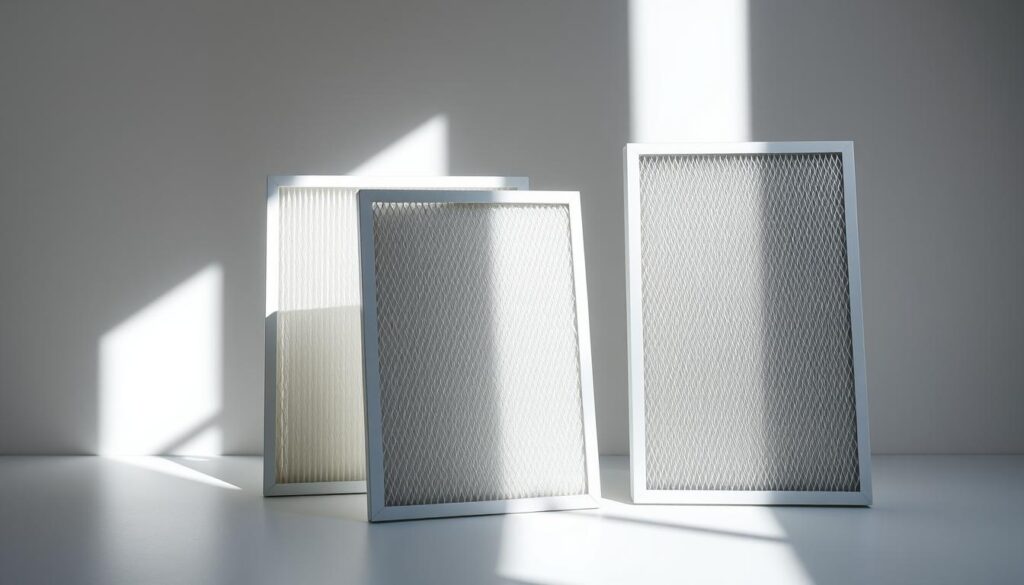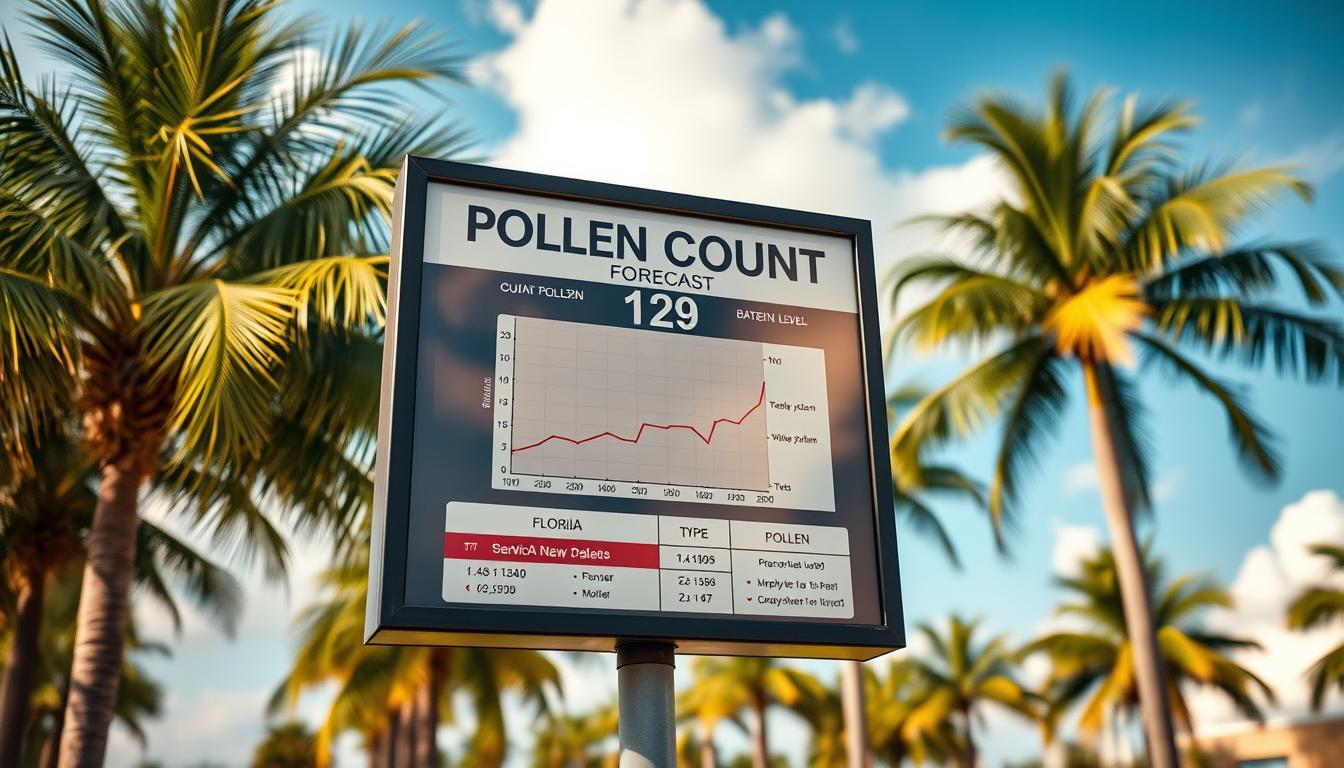Living in a subtropical climate can be a double-edged sword. While the lush greenery and warm weather are inviting, they also bring unique challenges for allergy sufferers. If you’ve ever found yourself sneezing uncontrollably or struggling with itchy eyes, you’re not alone. The diverse plant life in this region contributes to fluctuating pollen levels, making it essential to stay informed.
This guide is designed to help you navigate the pollen season with ease. By understanding how weather patterns like humidity and rainfall influence air quality, you can take proactive steps to manage your symptoms. From checking daily forecasts to using HEPA filters, we’ll provide actionable tips to minimize your exposure and improve your quality of life.
Key Takeaways
- Subtropical climates increase pollen challenges due to diverse plant life.
- Tracking daily pollen levels helps manage allergy symptoms effectively.
- Weather patterns like humidity and rainfall influence pollen dispersion.
- HEPA filters can significantly reduce indoor pollen exposure.
- Regularly checking pollen forecasts ensures proactive allergy management.
Understanding Florida Pollen Count in Orlando
For many, the beauty of nature comes with a hidden challenge: allergies. The air we breathe can carry tiny particles from plants, triggering uncomfortable symptoms for sensitive individuals. Understanding what’s in the air is the first step toward managing these reactions effectively.
What is Pollen Count?
Pollen count refers to the measurement of airborne grains per cubic meter of air. This metric is critical for assessing the risk of allergic reactions. Higher counts often mean more severe symptoms for those with sensitivities.
In areas like Orlando, common plant species such as oak, pine, and grass contribute to elevated levels year-round. These plants release their particles into the air, especially during specific seasons, making it essential to stay informed.
Why is Pollen Count Important for Allergy Sufferers?
For allergy sufferers, tracking daily counts is a proactive way to manage symptoms. High pollen days are often linked to increased visits to emergency rooms for respiratory issues. Knowing the forecast can help individuals plan their activities and minimize exposure.
Weather conditions, such as wind speed, play a significant role in spreading particles from plants. On windy days, grains can travel farther, increasing the risk of reactions. Conversely, rain can temporarily reduce levels but may lead to a surge afterward.
“Understanding pollen levels is not just about comfort—it’s about health. Staying informed can make a significant difference in managing allergies effectively.”
| Factor | Impact on Pollen Count |
|---|---|
| Wind Speed | Increases dispersion, raising levels in the air. |
| Rainfall | Temporarily reduces levels but may lead to a surge later. |
| Temperature | Warmer weather accelerates plant growth, increasing production. |
For more detailed insights, check the pollen count forecast to stay ahead of potential flare-ups.
Florida Pollen Count Orlando: Seasonal Trends and Patterns
Seasonal changes bring unique challenges for those sensitive to airborne allergens. Understanding these patterns can help you prepare and manage symptoms more effectively. Each season introduces different triggers, influenced by plant cycles and weather conditions.
Pollen Levels During Different Seasons
In spring, tree pollen peaks, with oak being a major contributor. This is often the most challenging time for allergy sufferers. Summer brings grass pollen to the forefront, while fall sees a surge in weed pollen, particularly ragweed.
Winter offers some relief, but cold snaps can briefly reduce levels before cedar and juniper begin pollinating. Knowing these patterns helps you anticipate and mitigate symptoms throughout the year.
How Weather Conditions Affect Pollen Dispersion
Weather plays a significant role in pollen levels. Dry, breezy days elevate counts as wind disperses particles widely. Rain can temporarily reduce levels, but it often leads to a surge afterward as plants release more pollen.
Temperature inversions can trap particles near ground level, worsening air quality. Thunderstorms, while reducing counts initially, can cause a spike in symptoms due to the fragmentation of pollen grains.
“Weather conditions don’t just affect the air we breathe—they shape the intensity of allergy symptoms. Staying informed is key to managing discomfort.”
| Season | Primary Pollen Source | Average Daily Count (grains/m³) |
|---|---|---|
| Spring | Oak | 2,500 |
| Summer | Grass | 1,200 |
| Fall | Ragweed | 1,800 |
| Winter | Cedar/Juniper | 500 |
By tracking these trends and understanding how weather impacts dispersion, you can take proactive steps to minimize exposure and improve your quality of life.
Allergy Symptoms and How to Manage Them

Allergies can turn a beautiful day into a struggle for comfort. For many, the symptoms are more than just annoying—they can disrupt daily life. Recognizing these signs is the first step toward effective management.
Common Symptoms of Pollen Allergies
If you’re an allergy sufferer, you’re likely familiar with sneezing fits, itchy eyes, and nasal congestion. These are the most common reactions to airborne triggers. In some cases, symptoms can escalate to include a scratchy throat or even swelling in the mouth.
Tree pollen, prevalent in spring, often causes more severe reactions. In contrast, humid summers can bring mold spores, which trigger similar but distinct symptoms. Understanding these differences helps in choosing the right relief options.
Effective Allergy Relief Options
For immediate relief, antihistamines like Zyrtec can reduce sneezing and itching. Nasal sprays such as Flonase are effective for reducing inflammation and congestion. These over-the-counter solutions are widely accessible and provide quick results.
For long-term management, immunotherapy, or allergy shots, can be a game-changer. This treatment gradually desensitizes the body to specific triggers, offering lasting relief for severe sufferers.
“Managing allergies isn’t just about treating symptoms—it’s about understanding your triggers and taking proactive steps.”
Consulting an allergist is crucial for personalized treatment plans. They can identify specific triggers through tests and recommend strategies tailored to your needs. Regularly checking pollen count data ensures you stay ahead of potential flare-ups.
| Relief Option | Best For | Duration |
|---|---|---|
| Antihistamines | Immediate relief | Short-term |
| Nasal Sprays | Reducing inflammation | Short to medium-term |
| Immunotherapy | Long-term desensitization | Long-term |
For more tips on how to manage your symptoms effectively, explore our detailed guide.
Tips for Minimizing Exposure to Pollen

Taking control of your environment can significantly reduce allergy triggers. By adopting simple yet effective habits, you can minimize your exposure to airborne allergens and enjoy a more comfortable day-to-day life. Here are some actionable strategies to help you stay ahead of the season.
Shower After Being Outdoors
After spending time outside, showering immediately can wash away particles that cling to your hair and skin. This simple step prevents allergens from spreading indoors, reducing the risk of symptoms. For best results, change your clothes and wash them promptly to remove any lingering traces.
Keep Indoor Air Clean with HEPA Filters
Indoor air quality plays a crucial role in managing allergies. Using HEPA filters in your HVAC system or air purifiers, like the Levoit Core 300, can trap up to 99.97% of airborne particles. Studies show that these filters reduce indoor allergen levels by 60% within 48 hours, making them a worthwhile investment for allergy sufferers.
Monitor Weather and Pollen Forecasts
Staying informed about daily conditions is key to managing symptoms. Apps like the Weather Channel’s Allergy Tracker provide real-time updates on levels, helping you plan outdoor activities wisely. Keep windows closed during peak morning hours (5 AM-10 AM) when counts are typically highest.
“Proactive measures, like checking forecasts and using air purifiers, can make a world of difference in managing allergy symptoms effectively.”
- Shower immediately after outdoor activities to remove allergens.
- Use MERV 13 HVAC filters or HEPA air purifiers for cleaner indoor air.
- Check forecasts regularly to anticipate high-pollen days.
- Keep windows closed during peak morning hours to minimize exposure.
For more tips on managing allergies, explore our comprehensive guide to staying healthy and comfortable throughout the season.
Conclusion
Managing allergies effectively requires a combination of awareness and action. By tracking daily pollen levels and using tools like HEPA filters, you can significantly reduce exposure. Staying informed about weather alerts and forecasts is equally important, especially during peak seasons like spring.
For severe sufferers, scheduling annual appointments with an allergist ensures personalized care. Bookmarking local resources, such as Orlando Health’s forecast page, can keep you ahead of potential flare-ups.
With these strategies, you can reclaim the outdoors and enjoy the beauty of nature year-round. Proactive measures make all the difference in managing allergies effectively.


